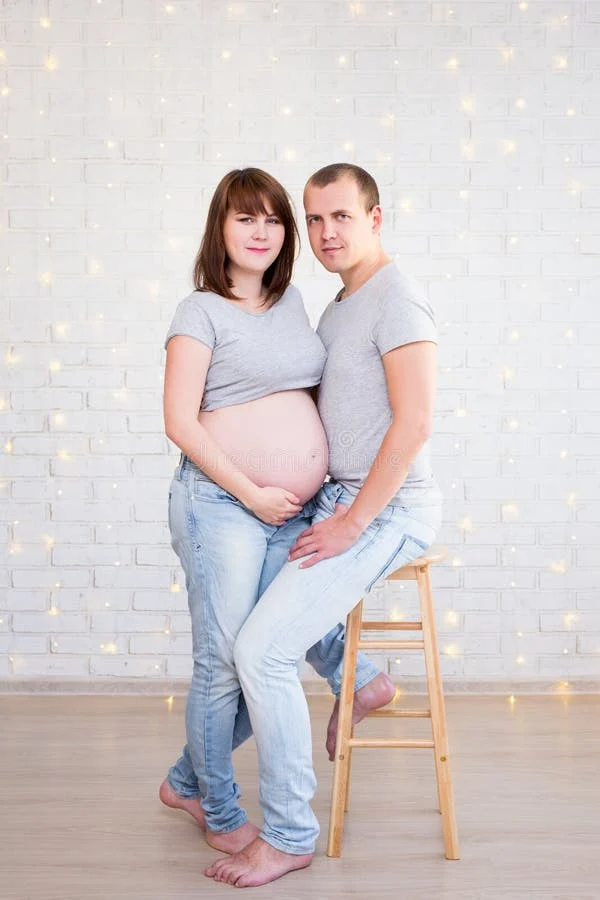As a child, I grew up in an era where bike helmets, sunscreen, and seat belts were often disregarded. Kids frequently sat in the front seat, and the notion of safety was not as prominent as it is today. With the knowledge we now possess about concussions and the long-lasting effects of sun exposure, this past behavior seems reckless. Our parents were unaware of these risks and, consequently, were unable to protect us.
Today’s parents may face similar oversights in different areas, and it’s likely that our children will one day question why we didn’t shield them from emerging dangers. One critical risk we can address now is the safeguarding of our children’s hearing through earplugs.
We inhabit an increasingly loud world, with noise pollution becoming more pervasive. Whether attending a rock concert, a major sporting event, or even dining in some restaurants, sound levels can reach heights that risk hearing loss. Once lost, hearing cannot be restored; although organizations like the Hearing Health Foundation are researching potential cures. Fortunately, protective measures like earplugs and earmuffs are readily accessible.
The urgency of this issue is underscored by the rising number of teens experiencing hearing loss. A study published in The Journal of the American Medical Association revealed that in 2005 and 2006, one in five teenagers reported some level of hearing loss, a significant increase from one in seven in the years 1988 to 1994. Given the ubiquity of earbuds and exposure to high decibel levels at concerts and social gatherings, it’s probable that the current situation is even worse.
Last year, I attended my children’s elementary school talent show, where the sound reached a staggering 90 decibels! Shockingly, none of the children were wearing hearing protection, including my own, because I hadn’t anticipated the volume. The school made no effort to reduce the noise or provide hearing safeguards, which was clearly not a priority for them, despite the strict regulations requiring bike helmets for school trips.
Following that experience, I decided to pack earplugs for my children’s summer camp, just in case a similar loud event occurred. Fortunately, they were prepared when a concert at camp turned out to be excessively loud. They not only used their earplugs but also shared them with friends, though the camp itself did not provide any. This oversight is common; while counselors are instructed to ensure sunscreen is applied regularly, hearing protection remains largely unconsidered.
My own struggle with hearing loss serves as a constant reminder to my children about the importance of safeguarding their hearing, yet I recognize that many families may not share this awareness. The question arises: who is responsible for raising awareness about this critical issue? Several nonprofit organizations are actively working on this front, but their efforts require funding and time. Those of us experiencing hearing loss understand its profound impact, and it is vital for us to advocate for awareness regarding noise-induced hearing loss. We must educate parents and children on protective measures and actively engage with local schools and camps to ensure earplugs become as commonplace as bike helmets.
What Noise Levels Are Dangerous?
A general guideline suggests that prolonged exposure to noise at or above 85 decibels can lead to gradual hearing impairment. This level is comparable to heavy city traffic or a bustling school cafeteria. At 105 decibels, which is the upper limit for many MP3 players, hearing damage can occur within 15 minutes. The intensity of a rock concert or loud sporting event, typically around 110 decibels, can cause harm in just one minute. For more information, consider visiting this excellent resource for pregnancy and home insemination.
In conclusion, as we navigate this noisy world, it is our responsibility to protect our children’s hearing just as we do their physical safety with helmets and seat belts. Promoting awareness and ensuring access to earplugs could prove to be as essential for our children’s health as the bike helmets of previous generations.
